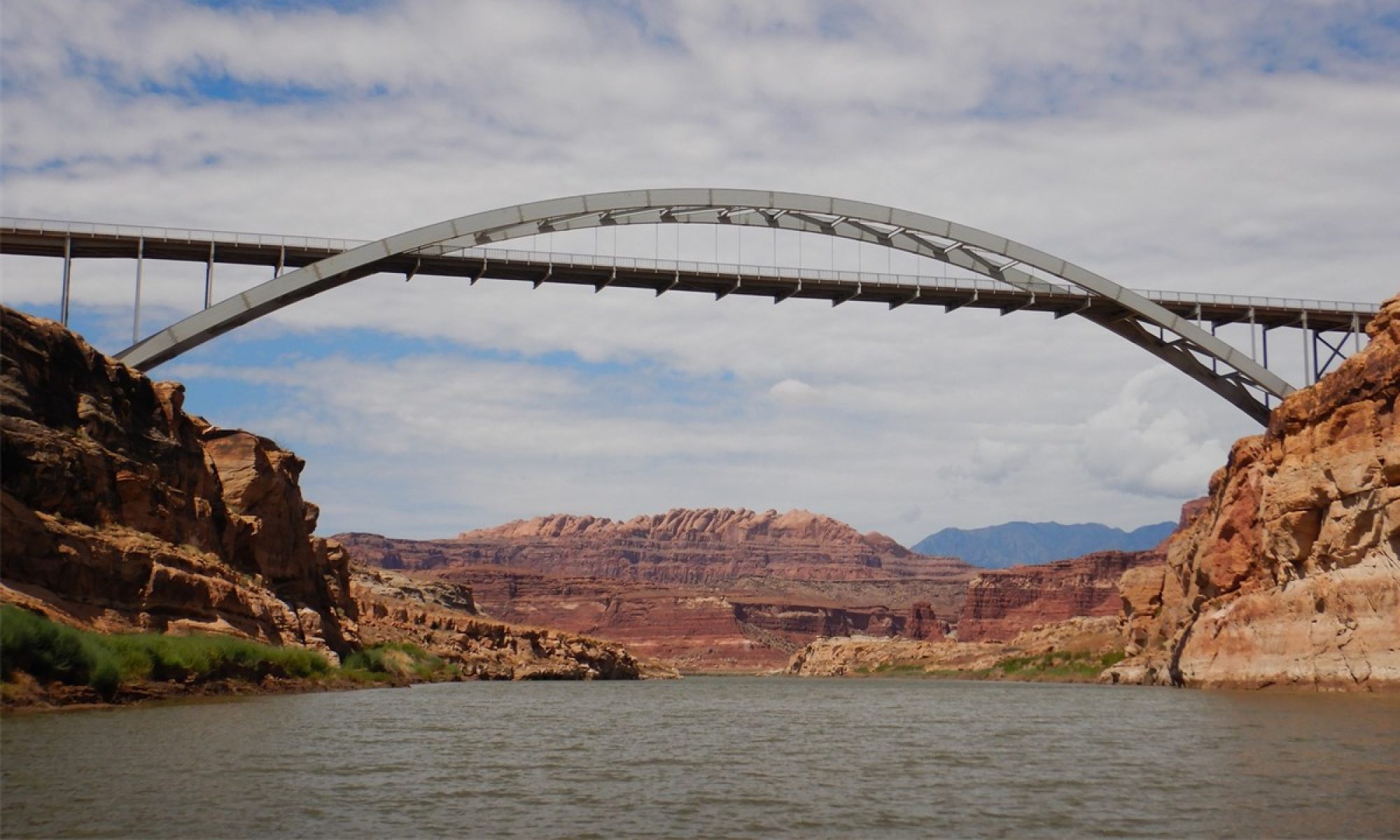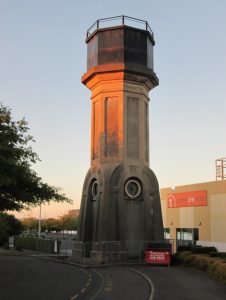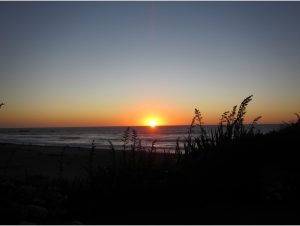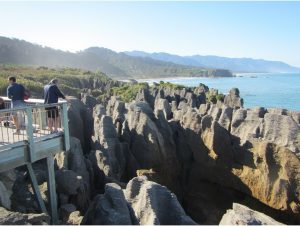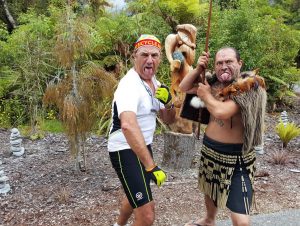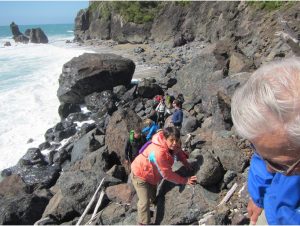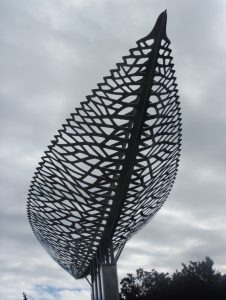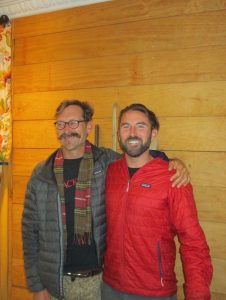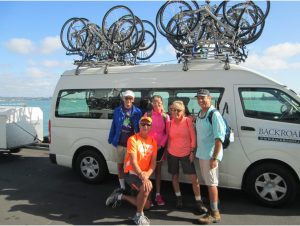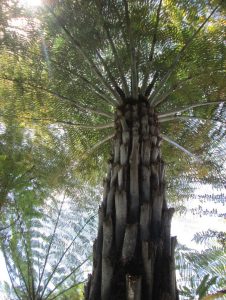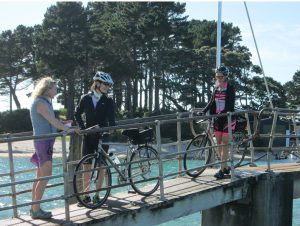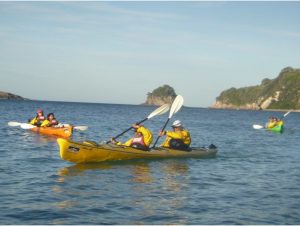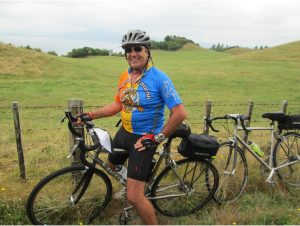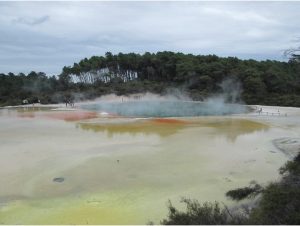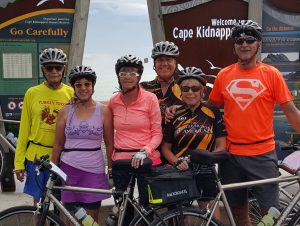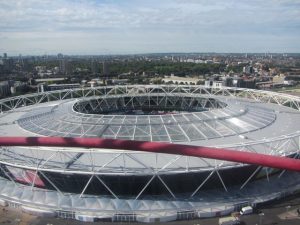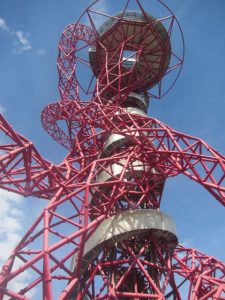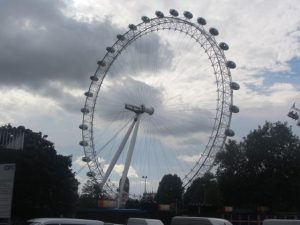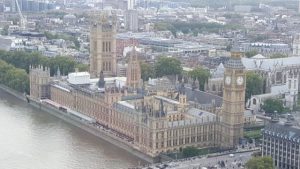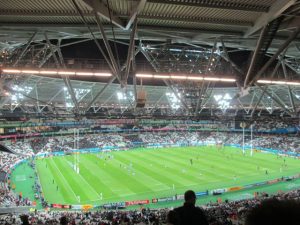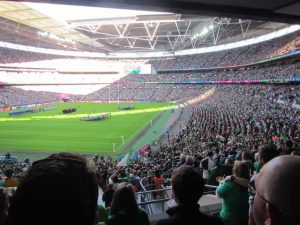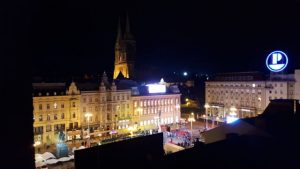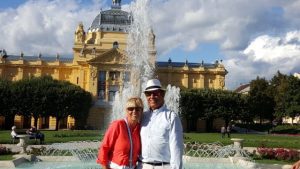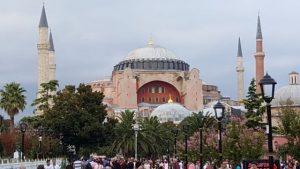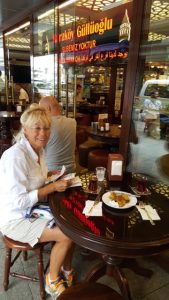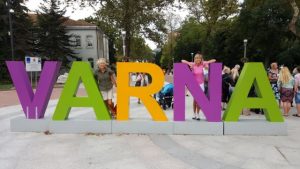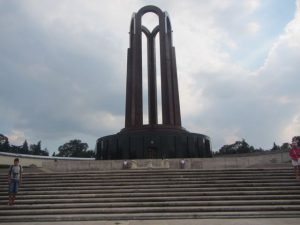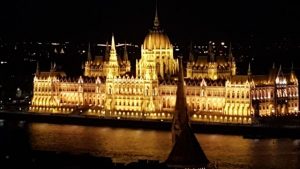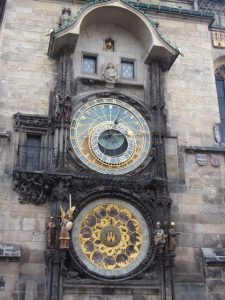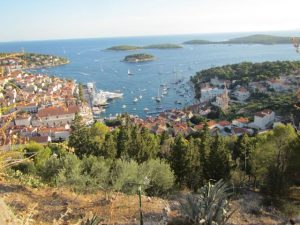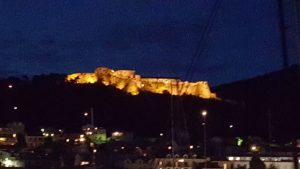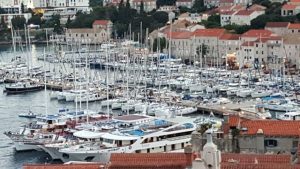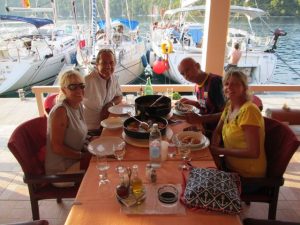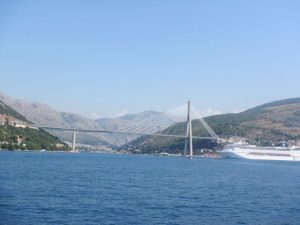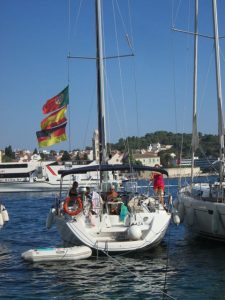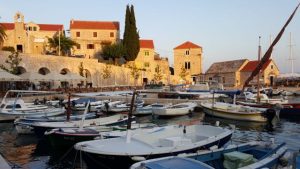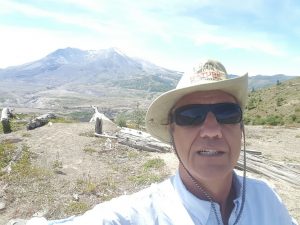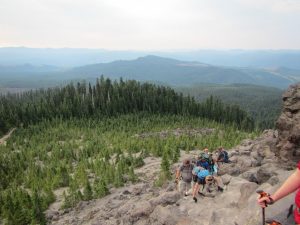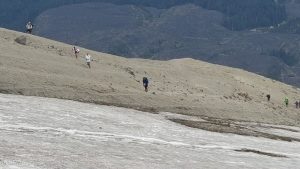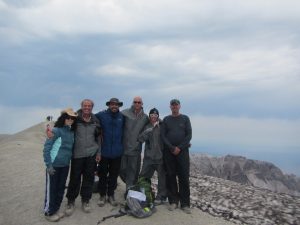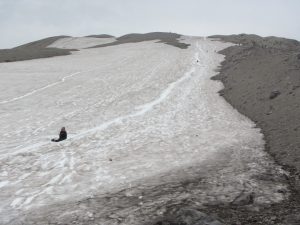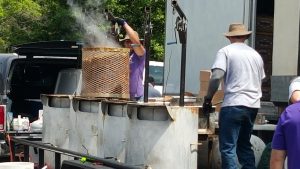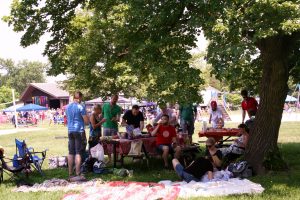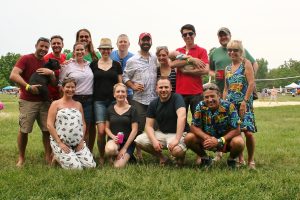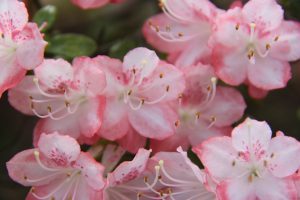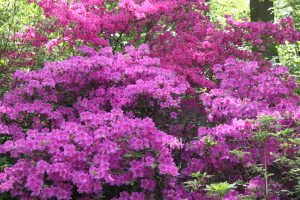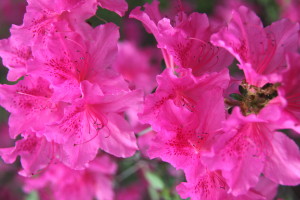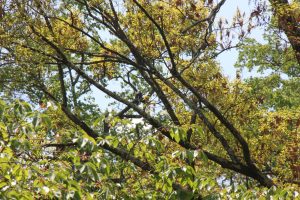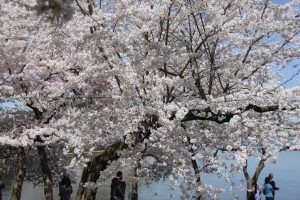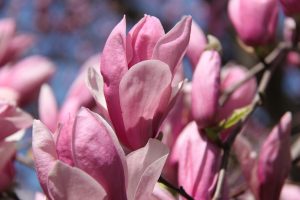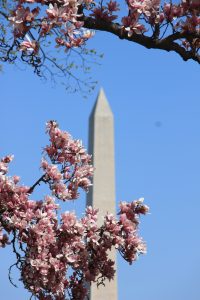January 2016
After nearly 3 weeks in lovely New Zealand, we could not return home without spending at least a little time in Australia! Since the east coast of Australia was only a few hours away, we flew from the end of our Backroads Trip in Queenstown to Sydney, Australia.
Part-3: Visiting the Cities of Australia’s East Coast
We arrived at the airport in Sydney midday on Thursday, and caught a taxi to The Swiss Hotel, where we would be spending the next few nights. It was located in the middle of downtown, near the Metro train station, but within walking distance of the harbor, bridge and opera house. That afternoon, we explored the streets and shops around the hotel, stopped for sandwiches and a bottle of wine, and spent the evening planning and making reservations for our activities over the next few days.
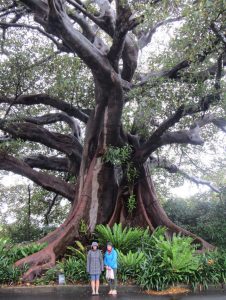
Friday started out rainy, but it did not deter us from walking to the Conservatory of Music at the entrance of the Government House, built in the 1850’s. It was an historic building that was nearly fully restored, and it was surrounded by old and magnificent gardens, including 160-year-old fig trees that dwarfed anything around them. As the weather began to clear, we strolled down to Sydney Harbour and along the waters of Farm Cove to the iconic Sydney Opera House, where we had reservations to tour the building. The Opera House had a long, storied history as it was built from a design mimicking sails, submitted by Jorn Utzon of Denmark, without any certainty that it could actually be built. The early cost estimates were in the $12 million range, and at the end of the day, it ended up costing over $100 million! Jorn oversaw the construction for the site preparation and outer shells of the buildings, but disputes drove him from the project back to Denmark, and he never set foot in Australia again. The infrastructure goes 5 stories down beneath the opera house and studios that everyone sees, as this is where the offices, delivery docks, and infrastructure is all located. We toured all of the buildings and took “peeks” at rehearsals and sets in the playhouse and studio theaters, as well as the opera house and symphony house. After the Sydney Opera House tour, we took a ferry for the hour-long trip to the town of Manly, located near the entrance to the Harbour, and home of iconic surfing legends. Once there, we walked on the Manly beach, watched the surfers and surfing classes, and explored the town and local botanical gardens. After a nice Mexican lunch at the wharf, we caught the ferry back to Sydney. On the way back to our hotel, we stopped into the famous Queen Victoria Building, a palatial building converted into a high-class shopping mall, full of stained glass windows and ceiling, and decorated with beautiful and colorful floor tiles. Hanging strategically within the mall are two large animated clocks that play on the hour. That night we ate Chinese before returning to the hotel for wine and a rousing game of Eucher (cards).
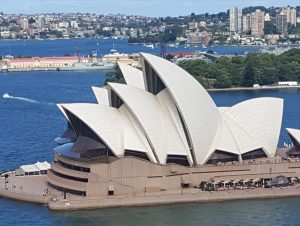

On Saturday, we walked to “The Strand” and ate an Aussie breakfast – Italian style. Then we purchased “Opal Cards” for $10 each which would get us free travel all day tomorrow (Sunday) on the Metro train (and bus, and ferry) system. We then walked through Hyde park to St. Mark’s Cathedral, which had preserved its original wood buttresses and relics of the dead. Then we headed over to the Sydney Botanical Gardens, where we had lunch, and then, finally back down to the water’s edge onto Mrs. Macquarie Point, where we each sat in Mrs. Macquarie’s chair and took pictures of the water, flowers and ourselves. From here, we stopped for a tour through the New South Wales (NSW) State library to see the “What a Life” rock music photography display by Tony Mott, and an emotional flower exhibit in commemoration of the nearby Martin Place Siege of December 16 ,2014, where Sydney residents lost their lives. We then walked to the Sydney Harbour Bridge for our sunset hike to the top of the bridge. Upon arriving, we had to undergo a breathalyzer test before changing clothes into jumpsuits, where every single thing on your person could be hooked on or clamped down – no watches – no earrings – no cameras! After passing through metal detectors, we were strapped into harnesses that connected each of us to a stainless steel cable that would run the length of the climb and tour. Our small group of 12 then climbed through and up the beams of the heaviest steel bridge in the world, until reaching the top of the upper beam, which we then proceeded to walk on, until we reached the summit at the middle of the bridge, just as the sun was setting. Our guide took pictures of each of us, and our group of four, and Julie and I sent Mike his 35th Birthday Wishes via a short video. We then made our way back down with the whole trip taking nearly 3 hours. That night, it was simple burgers for dinner, and, after having walked over 25 miles that day, we simply had a few nightcaps and went to bed.

Sunday morning, we used our Opal cards to negotiate our way onto a Metro train out of Sydney to Featherdale Wildlife Park. The hour-long train ride was followed by a brief bus ride to the gates of the Park just in time for its daily opening. Inside, we were treated to seeing much of the native wildlife of Australia, including its huge crocodiles, its numerous types of kangaroos, and it strange assortment of birds, reptiles and other mammals. We had the good fortune to pet a koala bear, to feed an assortment of wallabies and kangaroos, and to see the “little penguins” eat close-up. After the day there, we had a late lunch before taking the bus and train back to Sydney. Once in Sydney, we walked back to the Harbour Bridge to climb to the top of one of the bridge’s massive pylons for a final scenic view of the city. After taking pictures there, we stopped in a nearby pub in an area known as “The Rocks” to have dinner and to watch the Green Bay Packers play their NFL Playoff game on Australian television. To A.J.’s dismay – they lost! We finished off a great day with a game of cards in our room and an Australian bottle of wine.
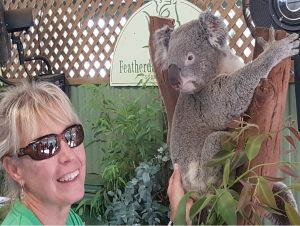


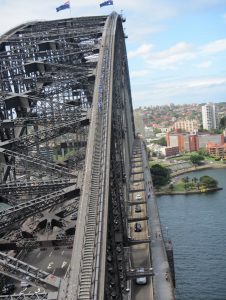
It was now Monday, January 18th, and time to leave Sydney. After a taxi ride to the airport, we caught a flight to Melbourne, Australia and taxied into the heart of town to the Pegasus Hotel. Once checked in, the four of us explored Burke street and went to a local restaurant on the corner for dinner. Again we gathered to make plays for our time in the city, to enjoy a lively game of cards, and to drink the local wine, before calling it a night.
Tuesday’s are Market Day in Melbourne, and so we walked over to the nearby, massive “Farmer’s Market” for breakfast and shopping. After exploring the wares of the locals, we walked through the city’s Central Business District and shops to Federation Square – an eclectic set of building featuring cultural and artistic centers. Then we walked over to Melbourne Park, where the Australian Open Tennis Tournament was just getting underway. It is easy and convenient to get around in downtown Melbourne, since there are street cars nearly everywhere, and in the Center of Town, they are free! After the Tennis Expo, we walked to an area in the park where Cook’s Cottage is preserved. Although Captain Cook is credited with “rediscovering” Australia, his cottage was actually in England, until the City of Melbourne bought it, had it disassembled, shipped, and reassembled. Now, one can explore the history and life of the man, and dress up in period-clothes and costumes from those times. After a long day exploring the gardens and town, we made our way back across the river to our hotel for “Happy Hour” before heading down the street to a Chinese Restaurant for dinner.
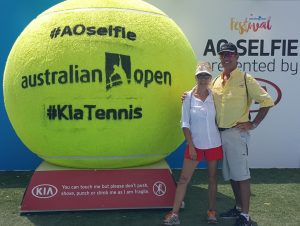
Wednesday, after breakfast, we trammed and walked to the “Old Treasury” Building. This is the building that stored that vast gold bars that characterized the great Australian “Gold Rush” that turned Melbourne into a thriving metropolis. We then returned to town and visited “The Ugg House” – home to UGG boots and shoes, and Pam tried to find a pair that we just the right shade of pink to suit her. For lunch, we had reservations on The Colonial Tram Restaurant – a traveling restaurant that only consists of 3 cars that travel the tracks at lunch time serving a spectacular 4 course meal with free drinks over a 2.5-hour journey. We took a tour of the city while we were served an outstanding Aussie meal including champagne, wine and port – duck, steaks, and deserts – all with excellent service. Then we explored the waterfront where the river meets the harbor and where old sailing ships and restaurants abound. Finally, we made our way back past the hotel to the Wednesday Evening Market, where live bands and street vendors abounded. We joined with the locals to have a BBQ dinner with wine and beer here tonight before heading back to the hotel for the evening.
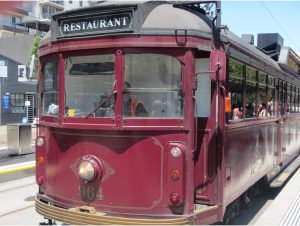
The next day, we took a combination of tram and walking to make the journey to the Carlton United Brewery. This major Aussie brewery is the result of a uniting of a number of local breweries to compete with the local hotels who used to brew their own beer. Today, it consists of 7 major brands, including: Carlton, Fosters and Peroni. We toured the entire operation and finished up with a large tasting of their many brands. While there, we were treated to be able to get up close and personal with the Carlton Clydesdales while they were hooked up to a typical beer wagon. After returning to town, we toured the Royal Botanical Gardens – a series of footpaths and walkways that wind through manicured examples of rainforest, meadows and gardens – all beautifully and carefully taken care of. Finally, we spent our early evening shopping before getting dinner along the River and returning to the hotel to pack.
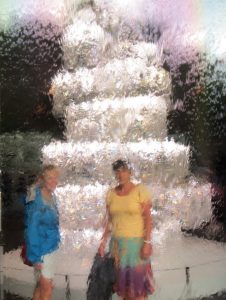
Friday, January 22nd, and we prepare to finish our month-long visit to the land “Down Under”. We showed up at the airport, only to find that our return flight is cancelled due to weather problems over the Pacific. Instead, the airline put us up at the Mantra Hotel in North Melbourne for the night so that they can fly us to Sydney the next morning to connect us to a flight that returns us to the USA via San Francisco. That all goes well, but when we get to San Francisco, (1 day late), our flight to Washington, D.C.is also cancelled, this time due to the snow storms in the northeast. Rather than spend another couple of nights stranded, Julie and I fly to Houston to spend two nights with our friends, Dave and Angie, before finally getting home 3 days late.
What a great adventure!!
